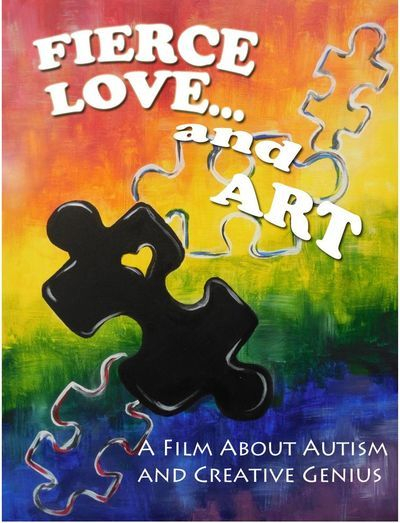Media Monday: Arts + sciences = an explosion of creativity
/The greatest scientists are artists as well.
—Albert Einstein
In many schools and colleges right now, educators are busily doing demolition work— breaking down old walls between the arts and sciences. Students and teachers are recognizing more and more that the creative process is not that different, no matter what your official academic discipline. Australian educator David Roy calls it a “quiet revolution” happening in classrooms across his continent.
A great example of this art-plus-science trend is happening Wednesday at Arizona State University, where scientists and artists are collaborating on a project called “Science Exposed,” in which scientists and students create diverse projects examining problems in the life sciences through sculpture, dance, and music. For example, in “Sal’s Genetic Tweekery,” dancers explore how salmonella reacts and survives in different environments. The project is led in part by choreographer and MacArthur Fellow Liz Lerman.
Interested in hearing from other educators who are merging arts and sciences education? Take a look at a few recent fun examples here:
Why Teachers Love Using Those OK Go Videos in Class. The massively popular music group is catering to its teacher and student fan base by creating special materials for the classroom in its OK Go Sandbox.
Nashville math teacher Joel Bezaire helps kids understand new concepts by reading aloud from the novel The Curious Incident of the Dog in the Night Time, explaining that “The literary hook for this lesson is strong, and kids are really into learning more about primes thanks to the context of the story. The lessons don't always line up this nicely, but so much of what Christopher [the protagonist] writes about regarding mathematics is about flexibility with numbers that it's a really nice match.”
David Roy talks about how teachers across Australia are Integrating Arts and Science in the Classroom, saying, “If we truly want to encourage students in Science, STEAM and not STEM should potentially be the way forward. Only then might we have creative scientific solutions to the challenges our societies face.”
In a Popular Science article last fall, we get a look at Kari Byron, whose work explores How Art Could Help Kids Study Science. Byron says that “Science is a creative field, it’s just more organized. . . . When you take your creativity and you throw your energy into it, it almost works like a drop in a pond, it radiates outward, and creativity begets other creativity.”
Shelley Sperry
Sperry Editorial


















